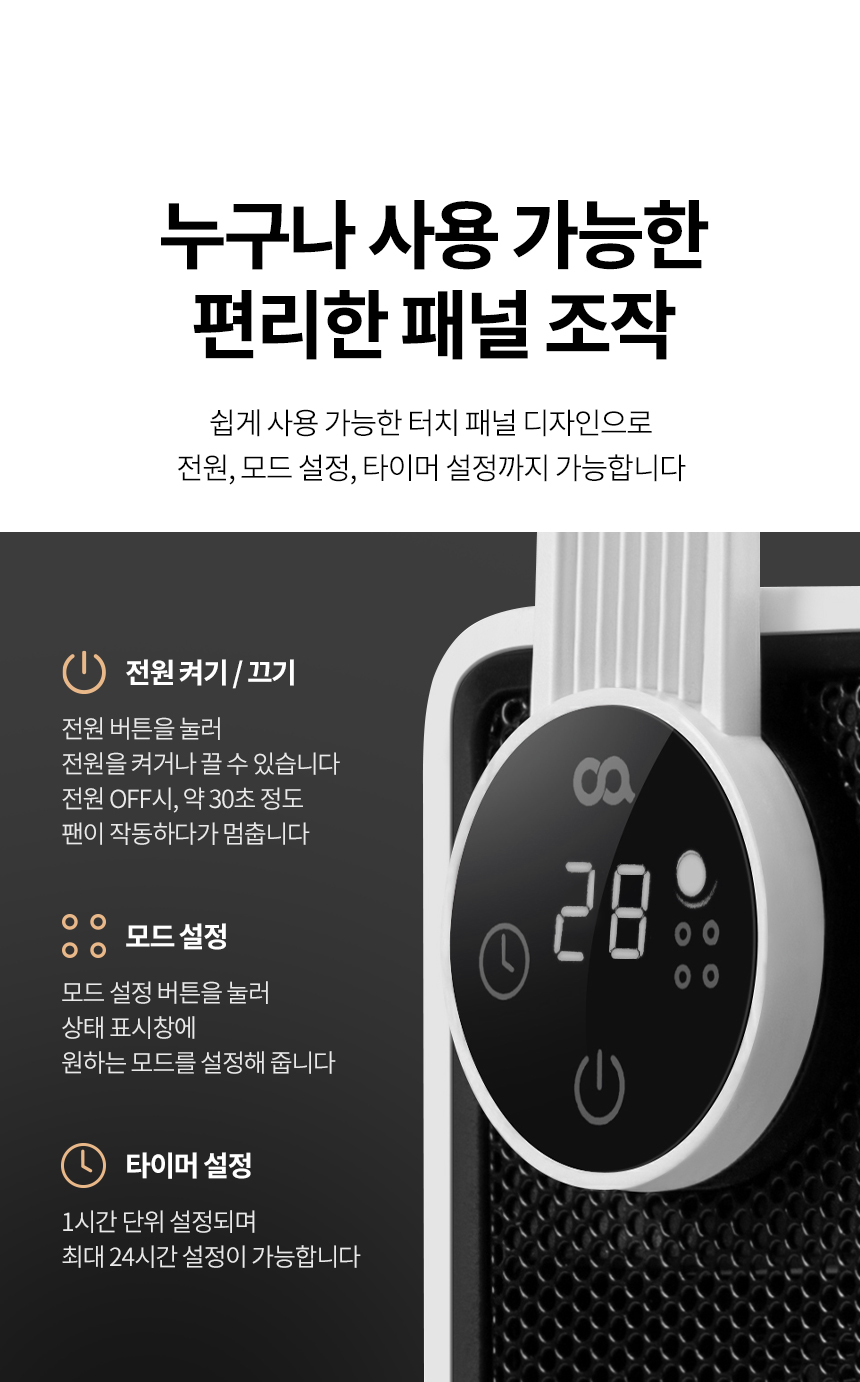Are we on the cusp of a digital Pandora's Box, where the lines between reality and fabrication blur with each click? The proliferation of deep nude AI tools signals a potentially seismic shift in how we perceive privacy, consent, and the very fabric of truth.
The digital landscape is rapidly evolving, and with it, the sophistication of artificial intelligence. We are no longer confined to the realm of science fiction; AI is here, weaving its way into the everyday, and in some instances, creating tools that could redefine the boundaries of morality and legality. One such area of growing concern revolves around the emergence of AI-powered applications capable of generating realistic nude images from existing photographs. These tools, often dubbed deep nude generators, leverage complex algorithms and deep learning techniques to digitally remove clothing, effectively creating deepfakes that can be incredibly convincing. This technology raises a multitude of ethical and practical concerns, from the potential for non-consensual image creation and distribution to the weaponization of these tools for malicious purposes.
The implications of these technologies are far-reaching, demanding careful consideration and proactive measures to mitigate the risks they pose. The potential for misuse is vast, with the possibility of creating non-consensual intimate images of individuals, spreading them online, and causing irreparable reputational damage. Furthermore, the tools can be used to create highly believable fake images for the purpose of extortion, harassment, or even political manipulation. The ease with which these images can be generated, coupled with the difficulty in identifying and verifying them as fakes, exacerbates the problem, making it increasingly difficult to discern the truth from the fabricated.
| Category | Details |
|---|---|
| Name/Alias | DeepNude, Undress AI, Nude AI, NDFY.app, GPTGirlfriend |
| Description | AI-powered applications that digitally remove clothing from images to generate nude images. |
| Technology | Deep learning, generative adversarial networks (GANs). |
| Functionality | Generate realistic nude images from uploaded photos, removing clothing. |
| Potential Uses | Non-consensual image creation, harassment, extortion, political manipulation, creating fake profiles, and spreading misinformation. |
| Ethical Concerns | Privacy violations, non-consensual image creation and distribution, potential for malicious use, and damage to reputation. |
| Legal Considerations | Laws related to image manipulation, defamation, and harassment vary by jurisdiction. |
| Availability | Various apps and websites, both free and paid, offering deep nude generation services. |
| Examples | DeepNude generator, Undress AI, Nude AI, Undress AI v2, NDFY.app, Undress Photo AI, Undress AI Pro, Nudify.Online, Undressing AI |
| References | Example Website for Reference |
The existence of these tools has sparked considerable debate regarding the ethical responsibilities of developers, the need for stricter regulations, and the importance of educating the public about the dangers of deepfakes. It is crucial that the technology is approached with caution and awareness of the potential for exploitation.
One of the earliest and most well-known examples was DeepNude. This application, which quickly gained notoriety, demonstrated the potential of AI to create realistic nude images with relative ease. Its sudden popularity also highlighted the lack of legal frameworks and ethical guidelines governing the development and use of such technology. The swiftness with which the app was embraced by some, and the widespread concern raised by others, served as a stark reminder of the complex social and moral challenges presented by artificial intelligence.
The discussion surrounding deep nude AI applications is not merely academic; it is happening in real time. The conversation is taking place across social media platforms, online forums, and in the news. It is in the legal and political spheres where these technologies are starting to be addressed. As these tools become more sophisticated and accessible, the risks associated with their use are amplified, calling for robust and multi-faceted solutions to navigate the complex challenges they present.
The legal landscape is struggling to keep pace with the rapid advancement of AI. Existing laws, designed for a pre-AI era, may not adequately address the unique challenges posed by deepfakes. Questions around consent, privacy, and defamation are particularly relevant, and these questions need to be answered. Many jurisdictions are currently grappling with this legal gray area, and legislation is beginning to emerge in an attempt to regulate the creation and distribution of AI-generated content.
The emergence of tools like those found on Deep-Nudes.com illustrates the need for stricter regulations. The site's ability to generate realistic nude images from uploaded photos by digitally removing clothing highlights the potential for misuse, raising concerns about non-consensual image creation and the need for stricter legal frameworks.
The narrative surrounding these technologies often involves a complex interplay of ethical, legal, and technical considerations. The question of consent is at the forefront of this discussion. It is essential to distinguish between the potential of these tools and the ways they are likely to be used. The focus must remain on protecting individuals from potential harm and on preventing the abuse of technology.
The latest developments in AI include news regarding the use of AI in critical areas. The discussion includes topics like Automating Image Abuse, deepfake bots on Telegram, and how activists are turning facial recognition tools against the police. It also touches upon the deployment of Tesla's self-driving technology, which is facing criticism due to its current limitations, and the use of Google AI for a virtual border wall, highlighting the diverse applications and potential impacts of AI.
The evolution of these technologies is closely intertwined with the broader development of AI. From tools that can create photo-realistic deepfakes to systems used for surveillance and border control, the implications are profound. The evolution of deep nude AI mirrors the general trend in the tech industry: rapid innovation combined with the need for careful consideration of ethical boundaries.
The emergence of these AI tools underscores the importance of digital literacy and public awareness. Individuals must be educated about the risks associated with AI-generated content and taught how to identify and report potential misuse. Platforms and social media must take measures to detect and remove AI-generated deepfakes to ensure people are aware of the potential dangers.
The development of AI-powered applications is constantly evolving, as indicated by the range of apps available. Various tools, like those mentioned in 7 Best Deepnude AI Apps Of 2025 (Free & Paid), are constantly being updated. The challenge is to stay ahead of the curve, ensuring the ethical and safe use of AI.



